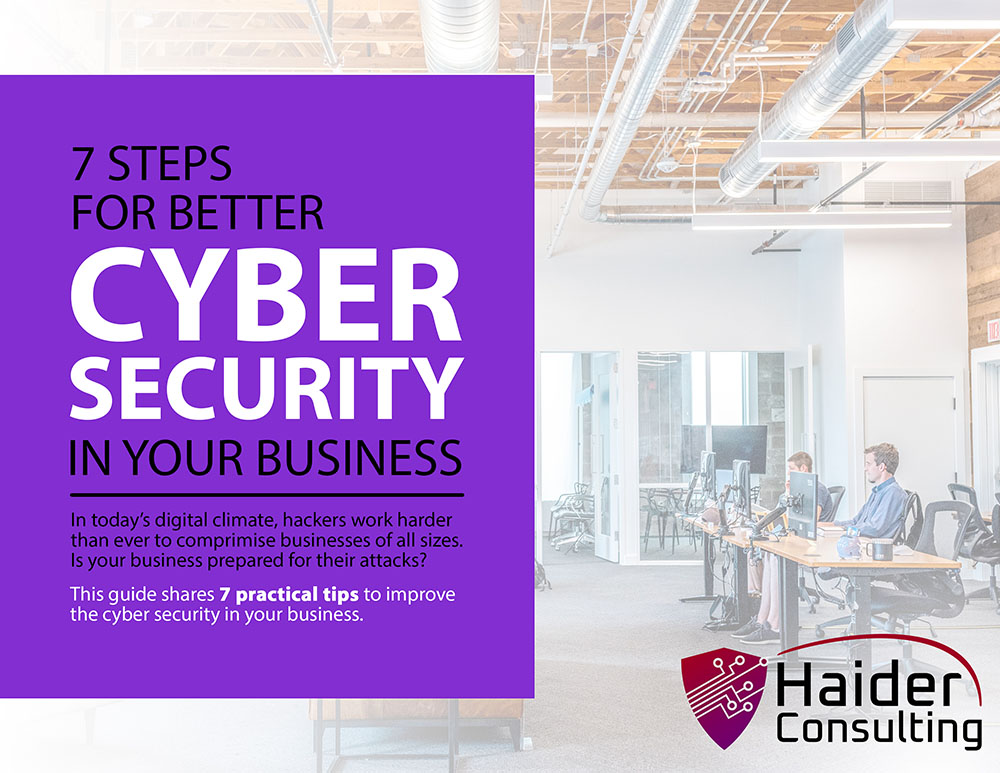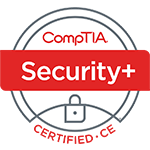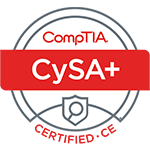Cyberattacks pose a continual risk in today’s connected world, including phishing emails, harmful downloads, and data breaches, which can severely impact businesses and individuals.
Often, employee mistakes introduce these threats to business networks, typically due to a lack of cybersecurity knowledge. For example, employees might inadvertently click on a phishing link or use simple passwords that are easy for hackers to guess.
In fact, CompTIA estimates that 95% of data breaches result from human error.
However, there is good news: these mistakes are preventable. Establishing a strong culture of cyber awareness can greatly lower these risks.
Why Culture Matters
Imagine your organization’s cybersecurity as a chain. If the links (employees) are strong, the chain is tough to break. But if the links are weak, the whole chain is at risk. By promoting a culture of cyber awareness, you strengthen each employee, enhancing the overall security of your organization.
Easy Steps, Big Impact
Creating a culture of cyber awareness doesn’t have to be complicated or costly. Here are some straightforward steps that can make a significant difference.
1. Start with Leadership Buy-in
Security is not just a concern for the IT department; it needs to involve everyone, starting at the top. When company leaders actively support cyber awareness, it makes a strong impact across the entire organization. Leaders can demonstrate their commitment by:
- Joining in on training sessions
- Speaking at security awareness events
- Providing resources for continuous security efforts
2. Make Security Awareness Fun, Not Fearful
Cybersecurity training can be engaging instead of dull. Incorporate fun videos, interactive quizzes, and practical scenarios that hold employees’ interest and enhance learning.
Consider using interactive modules where employees navigate through simulated phishing attacks by making choices, or use brief, animated videos that simplify complex security ideas, making them easier to understand.
3. Speak Their Language
Cybersecurity language can be hard to understand. Use simple words and avoid technical terms. Give employees clear, practical tips they can use daily.
For example, instead of saying “implement multi-factor authentication,” explain that it’s adding a security step when logging in. Keep it simple! Like, “needing a code from your phone in addition to your password.”
4. Keep it Short and Sweet
Avoid long training sessions that can overwhelm people. Instead, use short, manageable training modules that are easy to understand and remember. Break the information into small parts and share it throughout the day. This method keeps employees interested and helps them remember important security details.
5. Conduct Phishing Drills
Regularly test your employees’ awareness with simulated phishing emails. Check the results, and any mistakes as a teaching moment. Be sure to point out the warning signs and the importance of reporting suspicious emails. After each drill, review the fake emails together to show everyone how to recognize them in the future.
6. Make Reporting Easy and Encouraged
Ensure employees can report any suspicious activity easily and without fear of blame. Set up a straightforward reporting system and respond quickly to reports. Here are some ways to do it:
- Provide a specific email address for reporting.
- Offer an anonymous hotline.
- Appoint a trusted security point person that employees can talk to directly.
7. Security Champions: Empower Your Employees
Choose enthusiastic employees to be “security champions.” These champions will help answer their coworkers’ questions and promote good security practices using internal communication channels. This approach keeps everyone thinking about security.
Security champions are great resources for their teams. They help create a culture where everyone feels responsible for keeping the company safe from cyber threats.
8. Beyond Work: Security Spills Over
Cybersecurity isn’t just important at work—it matters at home too. So you should teach your employees how to keep themselves safe outside the office. Share advice on creating strong passwords, setting up secure Wi-Fi connections, and the risks of using public Wi-Fi. Employees who practice good security habits at home are more likely to bring those practices to work.
9. Celebrate Success
Celebrate your employees’ achievements in cybersecurity. Whether someone reported a suspicious email or a team performed well in a phishing exercise, acknowledge these actions publicly to keep everyone motivated. Recognizing such achievements reinforces good behavior and encourages ongoing alertness.
10. Use Technology Wisely
Technology can significantly help in fostering a culture aware of cybersecurity. So consider utilizing online training platforms that offer short learning modules and keep track of employees’ progress. Use these to set up frequent, automatic phishing tests and ensure employees remain vigilant.
Additionally, enhance their security with tools like password managers, email filters for spam and phishing, automated rules, and DNS filtering. All of these tools can help both in improving security and in improving awareness.
The Bottom Line: Everyone Contributes
Creating a culture of cyber awareness is a continuous effort. Keep reinforcing these practices. Regularly discuss and refresh the steps. Integrate security awareness deeply into your organization’s routine.
Cybersecurity is everyone’s job. By promoting a strong awareness of cyber issues, your business gains from it. You give everyone in your organization the know-how and tools they need to be secure online. Informed and equipped employees are your best protection against cyber threats.
Get in Touch for Security Training & Tech Support
Need assistance with setting up email filters or security protocols? Want help managing your staff’s security training? We can help lower your cybersecurity risks in various ways.
Reach out to us today to find out more.
Book My 17-Minute Call





